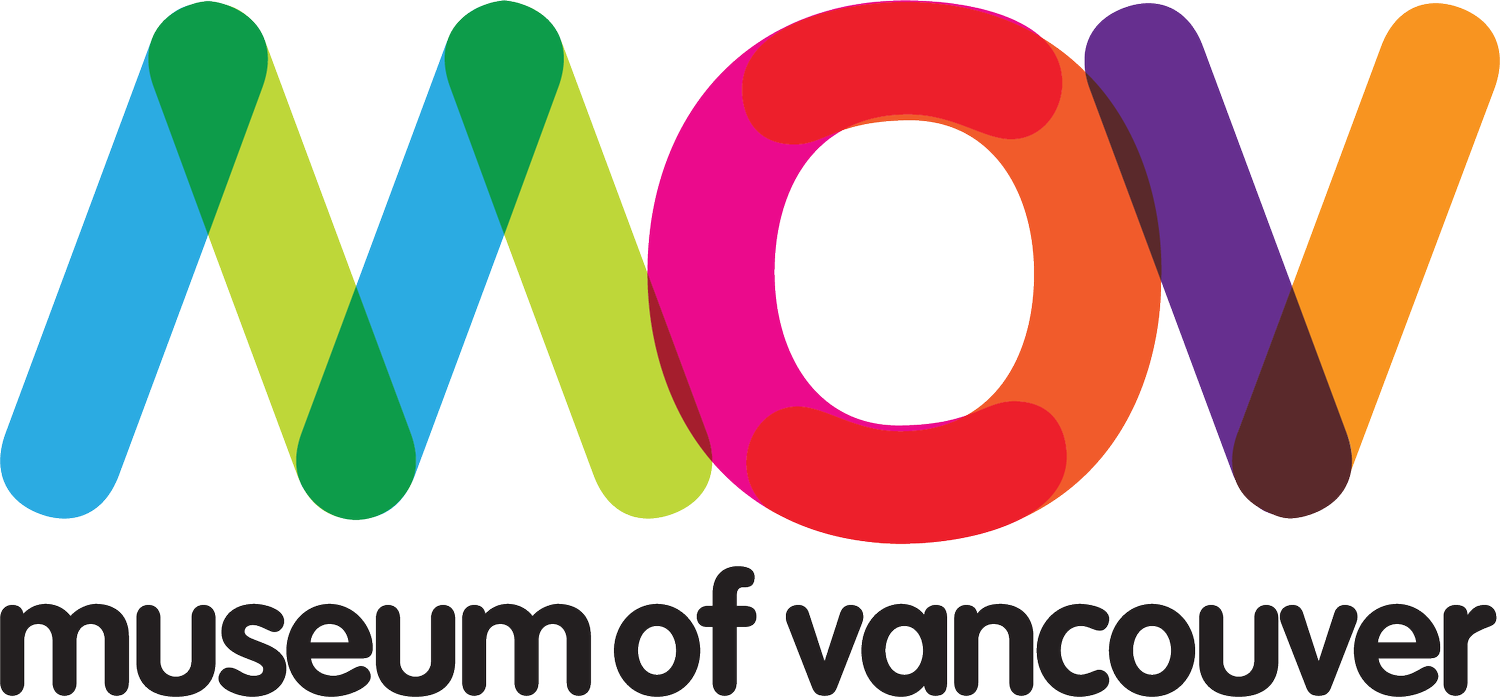1894 - 1905
April 17, 1894: A group of visionaries forms the Art, Historical and Scientific Association.
November 1, 1894: The Governor-General officially opens the exhibition of pictures and curios on the upper floor of Alderman Dunn's building on Granville Street. A banner invites visitors to view "Paintings and Curios". The first recorded item contributed to the museum is a stuffed trumpeter swan. Donations to the museum are cosmopolitan and eclectic.
1894-1895: The newly-formed Association rents premises to hold exhibitions while constantly appealing to the city for its own facility. From the anteroom of Christ Church, the society moves to two temporary locations on Granville Street.
1903: Sara McLagan becomes Associations’ first female president. On August 26 of that year, the Association agrees to hand over its collection to the City of Vancouver.
1905: The City Museum and its collection move in to the Carnegie Library at Main and Hastings provided to the city by American philanthropist Andrew Carnegie. That year more than ten-thousand people sign the City Museum’s guest register.
1913 - 1958
1913: Pauline Johnson bequeathed her performance costume.
1914-1918: Despite the Great War, Canadian citizens continue to donate their treasures to the Vancouver Museum. Soon the City Museum is crammed from floor to ceiling.
1922: Dr. George Kidd donates the remains of a mummified child from a tomb in Luxor, Egypt to the museum.
1939–1945: Attendance at the Museum soars to new heights as Vancouver bustles with military people and workers in the war industries. As a wartime precaution, the most valuable of the Museum’s treasures are removed to an underground vault for safekeeping.
1958: The year raises fresh hopes for a new museum and library. The library relocates to a new complex at Robson and Burrard while the City Museum alone occupies all three floors of the Carnegie Building.
1967 - 1999
1967: The City announces that Vancouver will build a new museum as part of Canada's Centennial celebrations.
1968: The City Museum moves into its current landmark building on the south shore of False Creek (now known as Vanier Park) and becomes the Centennial Museum. Designed by the well-known architect Gerald Hamilton, the building is planned to house only the museum.
A generous gift by the late H.R. MacMillan allows the architect to incorporate a planetarium into the design. The distinctive dome atop the Museum, similar in shape to that of a woven basket hat made by Northwest Coast First Nations peoples, becomes one of the best-known landmarks on the city skyline.
1981: The Centennial Museum is re-named the Vancouver Museum. Permanent displays, exhibitions and educational programs are produced about the natural, cultural and human history of the Vancouver region. The new federal Canadian Cultural Property Act makes it possible to obtain rare and important treasures to add to the Museum's growing collection.
1992: The Museum hires its first university trained conservator to protect and preserve the City's collection.
1999: The Museum’s neon collection is showcased in a landmark exhibit that spurs public interest in preserving and extending Vancouver’s neon heritage
2002 - 2010
2002: A new wing, inspired by Joyce Walley and her work as an education volunteer and trustee of the Museum, is constructed connecting to the north side of the building. The Local History Lab and the Archaeology Education Centre make it possible to expand the Museum's school programs.
2002-2006: New interpretive exhibits about Vancouver from the 1900s to the 1970s are produced in consultation with community groups and individuals.
2008: The Museum announces the results of a major visioning project. The Museum will focus on the City of Vancouver, both as a physical reality and as an idea, using cross-disciplinary approaches and engaging the community in dialogue about contemporary issues.
2009: To reflect the new vision, the Museum changes its name to Museum of Vancouver. The MOV is launched with the opening of the exhibition, Velo-City: Vancouver and the Bicycle Revolution.
2010: The Museum of Vancouver wins the Canadian Museums Association (CMA) Award for Outstanding Achievement in Management for the Museum's Re-Envisioning.






